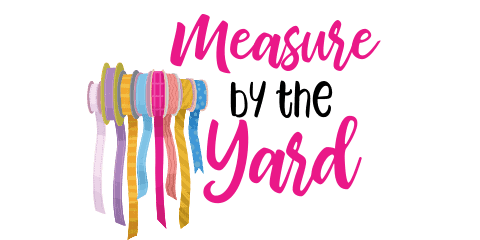Scissors come in handy when sewing. However, sewing scissors exist in various makes. This may make you wonder which ones you need to get the job done.
The different types of scissors for sewing include the following:
- All-purpose scissors
- Dressmaker Shears
- Snips
- Pinking Shears
- Applique scissors
- Buttonhole scissors
- Embroidery scissors
- Curved scissors
- Patterns scissors
- Paper scissors
- Rotary cutters
The type of scissors you use will depend on the fabric you’re working on and the project at hand.
Here’s a list of eleven types of scissors you can add to your arsenal and when you would use them:
1. All-Purpose Scissors
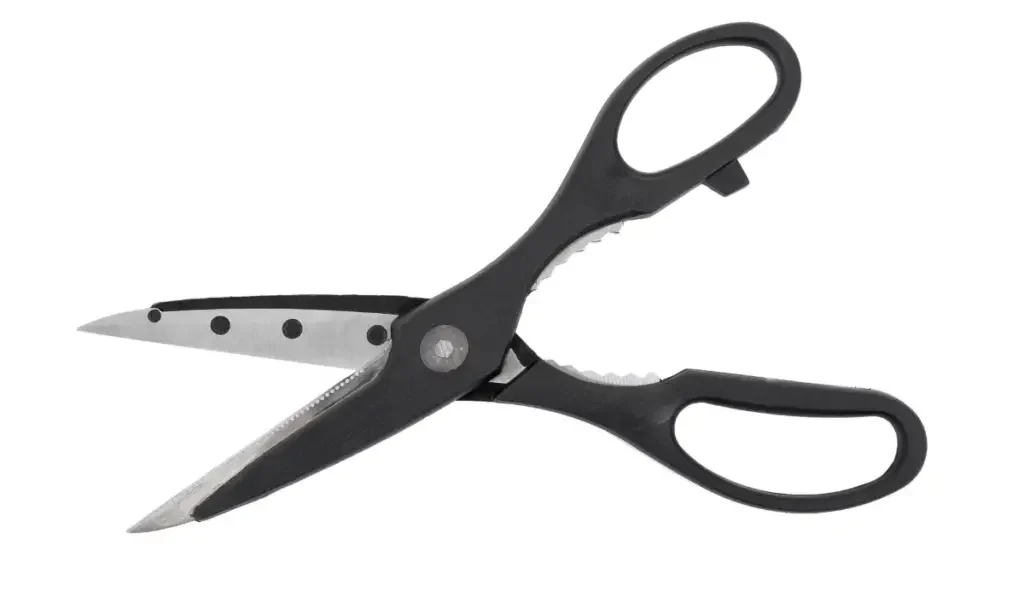
As the name suggests, all-purpose scissors are versatile. You can use them for various projects, including cutting different types of materials.
These scissors are ideal for fabric, leather, canvas, denim, sunbrella, and cardboard.
Their sharp edges at the tips are ideal for cutting out tiny appliques or maneuvering through tight places. You can also use them when clipping around an armhole or a rounded part like a collar.
2. Dressmaker’s Shears

Dressmaker shears are an excellent choice if you’re looking for something with a knife edge and very sharp.
Dressmaker shears are designed for crafting and dressmaking.
They can smoothly cut through thin and thick fabric. You can use their sharp and long blades to cut through the tip.
In addition, the bent handle delivers ideal precision, allowing the fabric to lay flat on the surface when being cut.
There are different models of dressmaker scissors on the market, and Gingher Dressmaker’s Fabric Scissors may be what you need if you’re starting dressmaking.
This scissor delivers a long cut that is suitable for patterns, seams, or long swaths.
3. Pinking Shear
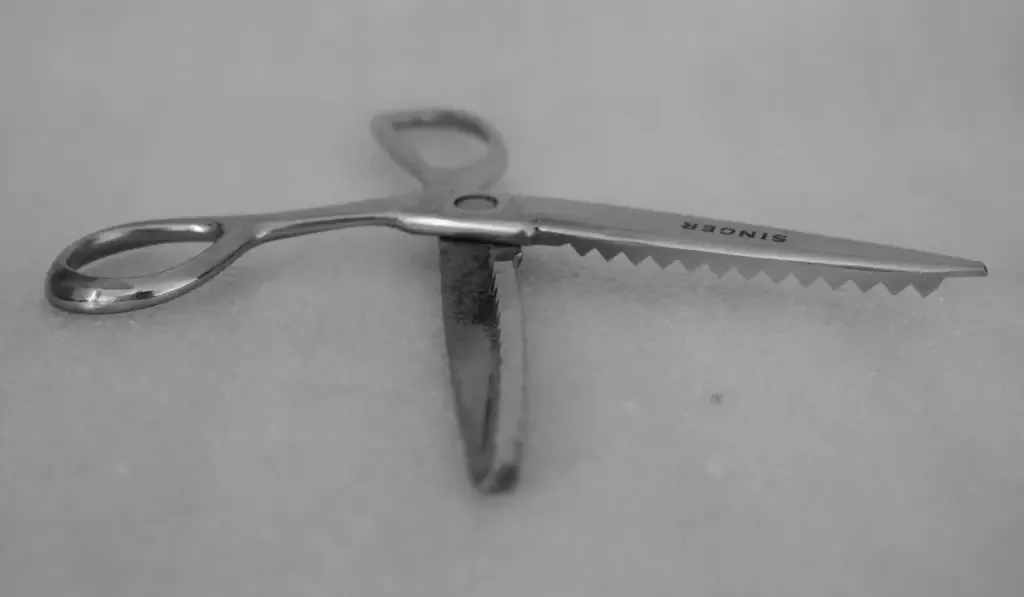
Pinking shears feature a sawtooth pattern, which produces a zigzag edge on cut fabric.
Ideally, unfinished cloth edges are more likely to fray as the fibers tend to unravel easily.
You can use the pinking scissor to cut woven cloth, thereby minimizing damage to the fabric by preventing excessive fraying.
Other than pinking the edge of the seam, you can also use pinking shears to make decorative patterns and cuts on fabrics. It’s possible to cut arches or even flower edges with these scissors.
4. Thread Snips
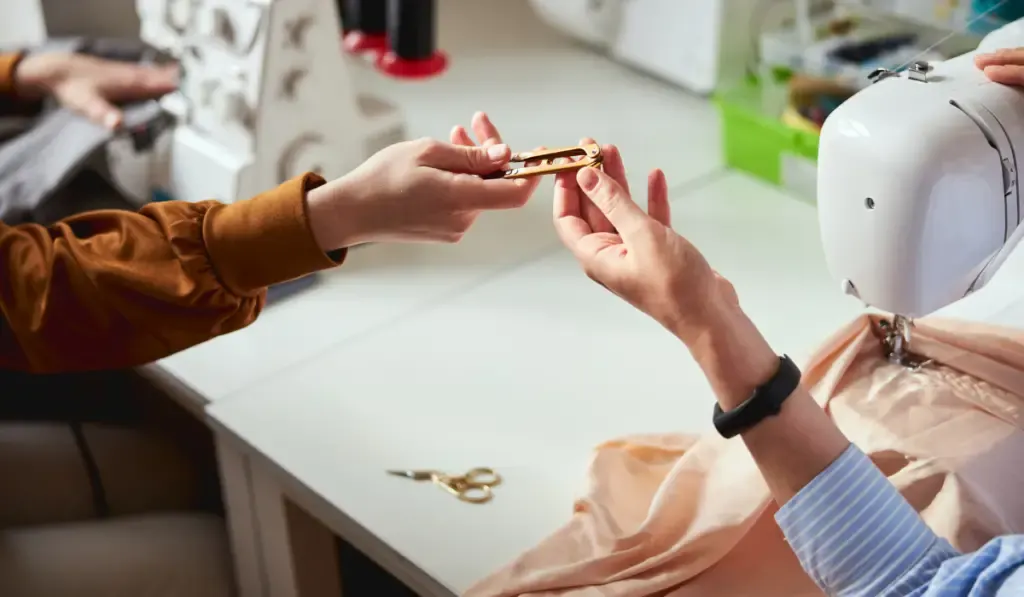
You may need to cut or trim off the excess fabric threads when working with the sewing machine. This is when you’ll need the snips to do the job.
Thread snips are scissors designed to snip and not for cutting fabric. They are ideal for ripping, which can help you when you want to undo a seam or stitch on a fabric.
You can make thread snips your go-to ripping tool rather than using the seam ripper.
They have sharp endings that smoothly pull and cut the thread off the fabric.
Thread snips are an ideal replacement for normal scissors. You may want to keep them nearby for clipping the seam allowance when sewing.
5. Applique Scissors
Appliques feature a duckbill blade on one side and a sharp edge on the other. The bill prevents you from cutting into the fabric or a good part of the stitches.
You may use these scissors to cut the fabric around the stitch without ruining it. Plus, they are perfect for embroidery, cutting bulky seams, or even snipping threads.
Duckbill scissors are built to get into tight spots when trimming fabric, so you can cut very close to the seam without cutting the fabric or thread.
You can find applique scissors in various designs and sizes, including 4.5, 6, and 8 inches.
6. Embroidery Scissors
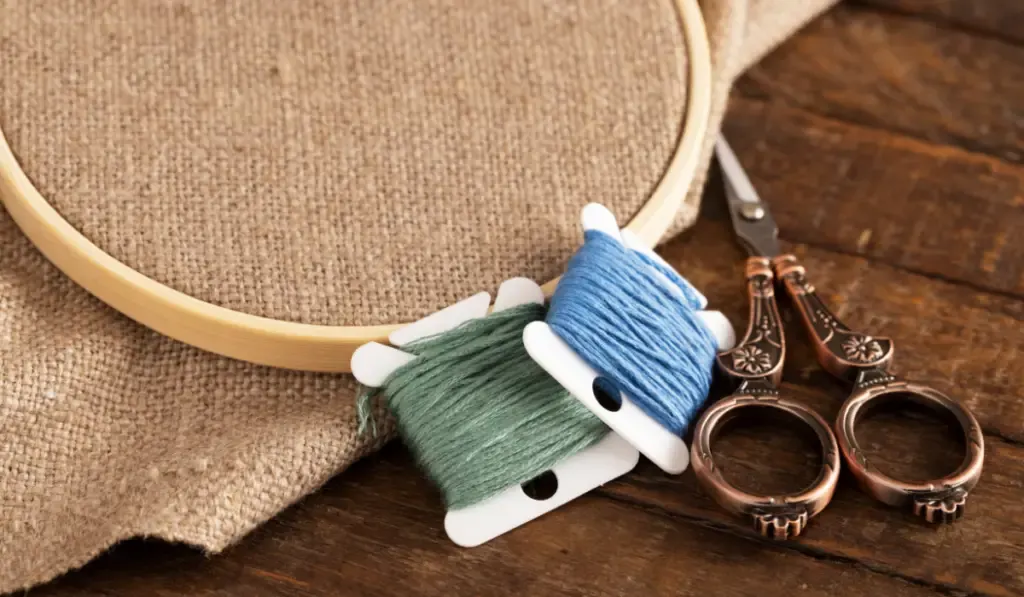
If you’re enthusiastic about embroidering, choosing the appropriate scissors can make a significant difference in the final look of your project.
Most conventional embroidery scissors are tiny, sharp, and shaped like storks. They feature a curved blade that makes it easy to trim tiny threads close to the fabric without damaging it.
7. Curved Scissors

Curved-blade scissors were originally designed to cut and shape turkey work. You can use these scissors for ripping stitches out of canvases.
Curved scissors have pointed tips that can easily get into tight corners, giving you a clean finish. You can easily get in between your stitches and canvas with their curved blades.
Besides, their design limits the possibility of cutting a hole in your fabric.
8. Buttonhole Scissors
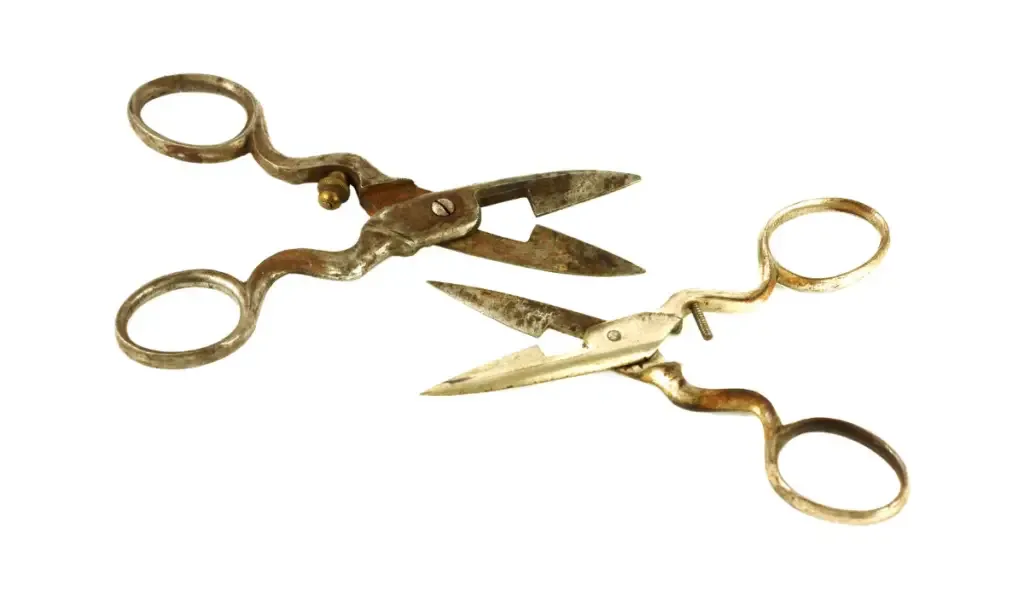
While buttonhole scissors are some of the most uncommon scissors you’ll likely encounter, they have been available since the 19th century.
Buttonhole scissors are designed for opening buttonholes without stretching the stitch.
They feature cutouts at the back of the blade so you can align the back bar tack with the back of the blade.
They also have an adjustable screw that allows you to control how far the scissor cuts, depending on the buttonhole size you’re working on. This allows you to open the buttonholes evenly.
While it might take a little time to get used to them, buttonhole scissors can be handy for making neatly finished buttonholes.
They are a good replacement for seam rippers if you enjoy making shirts, coats, or pants with button flies.
9. Pattern Scissors

Pattern scissors come in various decorative cutting edges, ideal for artwork projects.
You can easily cut out sewing patterns or even interface fabrics with these scissors.
Having pattern scissors alongside your dressmaker shears can allow you to easily cut unique patterns and shapes that could have otherwise damaged your fabric scissors.
10. Paper Scissors
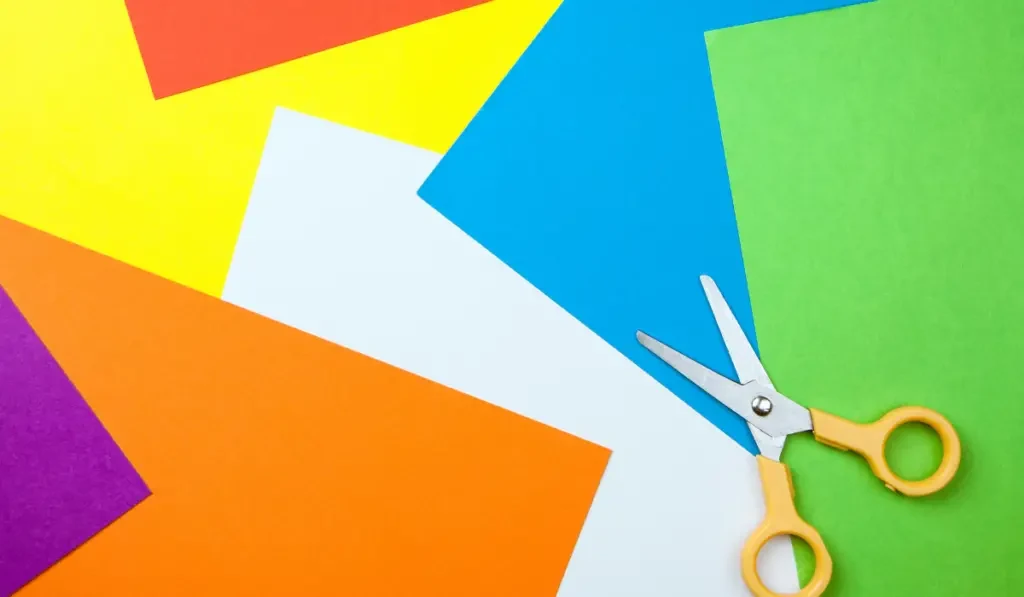
Paper scissors are also a must-have in your collection of sewing tools.
These scissors are primarily suited for cutting paper or cardboard rather than fabric.
While they may look like regular scissors, using them for cutting fabric can dull the blades quickly and make them less effective for their intended purpose.
Instead, use paper scissors to trace sewing patterns, cut paper templates, or for paper-based sewings, such as paper piecing or foundation paper piecing in quilting.
11. Rotary Cutters

While they don’t look like scissors, rotary cutters are the key to cutting perfectly straight lines on your fabric.
The tool has a sharp, circular, rotating blade intended to be used with a quilting ruler and self-healing mat.
Rotary blades come in various sizes. You can use a smaller one to cut small curves or a larger blade to cut broad curves and straight edges.
A rotary cutter is a great tool if you want to cut several layers of fabric simultaneously.
This can allow you to easily cut out patchwork pieces of similar sizes and shapes, saving you time and energy.
FAQ
Another name for sewing scissors is dressmaking shears. Dressmaking shears are a special type of scissors designed to cut fabric during sewing projects.
To use sewing scissors, properly prepare your fabric, align and hold the scissors correctly, and then open and close the scissor blades to cut through the fabric with precision.
To ensure optimal cutting, maintain the correct angle so the scissors can glide smoothly along the cutting line.
Three examples of small scissors for sewing include applique scissors, buttonhole scissors, and embroidery scissors.
Final Thought
When selecting scissors for sewing, it’s important to understand the specific type of scissors that will help you complete the project you have at hand.
You can always select your desirable scissors from the list discussed above.
From dressmaking and pinking shears to applique and curved scissors, you should be able to identify what works best for the fabrics or materials you’re working on.
With the variety of scissors available, knowing the specific features needed to cut your fabric’s pattern, shapes, thickness, and size can make a big difference.
Resources:
- https://www.doinaalexei.com/beginnersewingtutorialblog/clipping-the-seam-allowance-during-sewing-how-and-when-to-use-the-fabric-clipping-method#
- https://www.thesewingdirectory.co.uk/using-a-rotary-cutter/
- https://thequiltshow.com/quiltipedia/what-is-paper-piecing
- http://www.marquise.de/en/1700/howto/auszaecken.shtml
- https://www.sewessential.co.uk/blog/trim-grade-seams/#
- https://pieceworkmagazine.com/antique-needlework-tools-buttonhole-scissors/
- https://www.stitchpiecenpurl.com/embroidery-scissors.htm#
